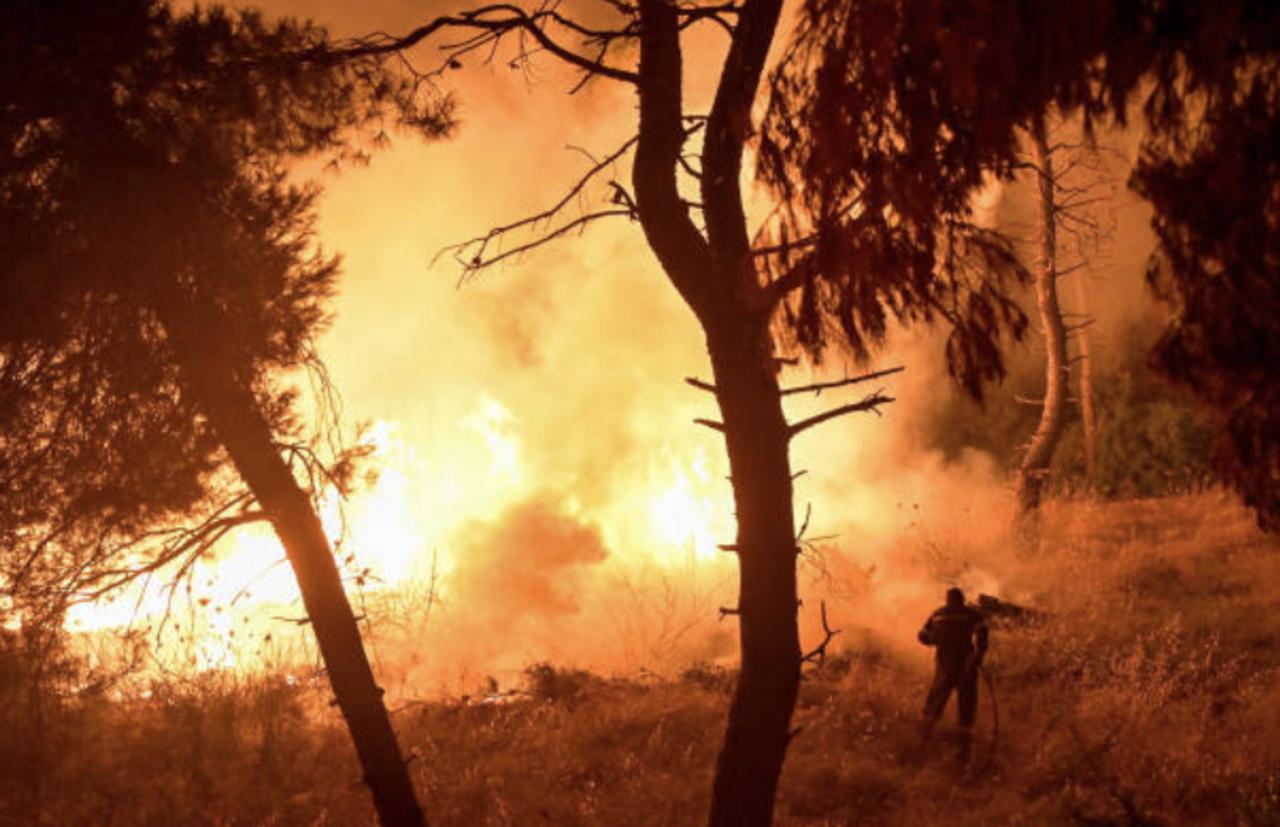
Summer Wildfires Emissions in Northern Hemisphere, Break Carbon Emissions Records.
Data published Sept.
21 indicates that wildfires from this summer resulted in the emission of at least 2.7 billion metric tons of carbon.
The data was compiled by the European Union's Copernicus Atmosphere Monitoring Service.
According to the agency, July and August were record breaking months for emissions.
Throughout the summer we have been monitoring wildfire activity across the Northern Hemisphere.
, Mark Parrington, European Centre for Medium-Range Weather Forecasts, via CNN.
What stood out as unusual were the number of fires, the size of the areas in which they were burning, their intensity and also their persistence, Mark Parrington, European Centre for Medium-Range Weather Forecasts, via CNN.
According to analysis, at least half of the emissions from the summer can be attributed to fires in North America and Siberia.
Temperatures all across Europe, Canada, the Arctic and the Mediterranean also broke records over the summer.
Scientists say these hotter temperatures play a significant role in increased carbon emissions that are the result of wildfires.
It is concerning that drier and hotter regional conditions -- brought about by global warming -- increase the flammability and fire risk of vegetation.
, Mark Parrington, European Centre for Medium-Range Weather Forecasts, via CNN.
This has led to very intense and fast-developing fires, Mark Parrington, European Centre for Medium-Range Weather Forecasts, via CNN.
While the local weather conditions play a role in the actual fire behavior, climate change is helping provide the ideal environments for wildfires.
, Mark Parrington, European Centre for Medium-Range Weather Forecasts, via CNN.
Analysts point out that in many regions, the fire season is not yet over for 2021.
More fires around the world are anticipated in the coming weeks, too, as the fire season in the Amazon and South America continues to develop, Mark Parrington, European Centre for Medium-Range Weather Forecasts, via CNN
